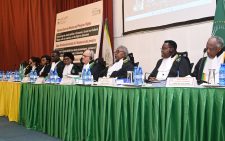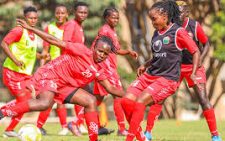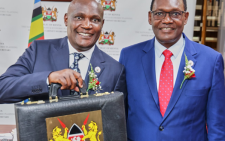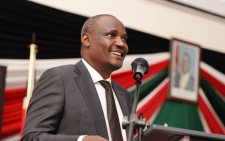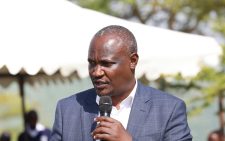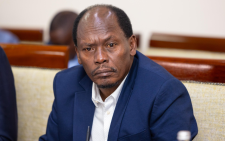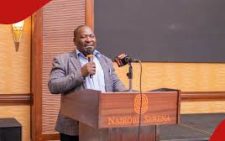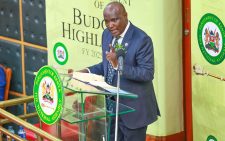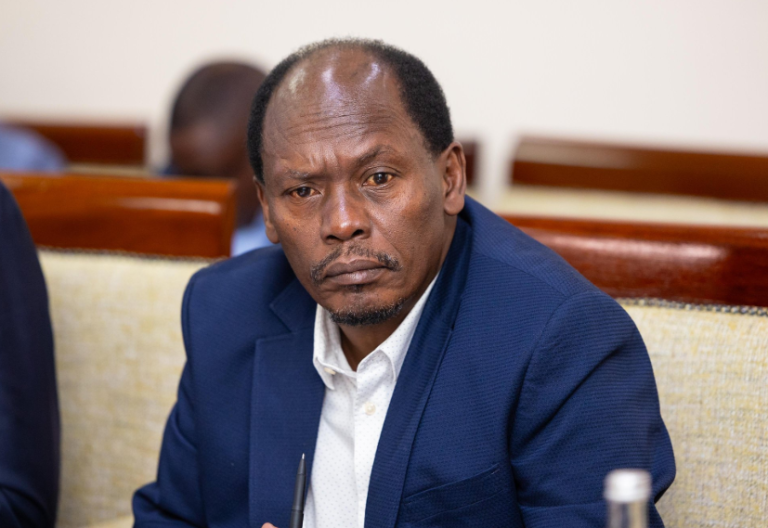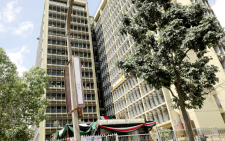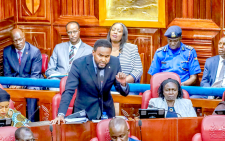Human rights: Public must understand how media works

It is a sad state of affairs that some of the institutions and persons who frequently call for protection of human rights and are constitutionally required to protect such rights also take the lead in creating environments that attract the rights violations.
Journalists for instance, enjoy constitutional protection and there are clear procedures for dealing with professional misconduct within the media.
It’s important that the public familiarise themselves with how media operates to save themselves from embarrassment and allow journalists to work safely.
A number of those institutions and individuals that are on record showing ignorance, and by extension harassing journalists, have not taken time and invested in understanding how journalists do their work or media relations.
Media literacy and relations are skills taught and mastered over years. Institutional spokespersons and heads are thoroughly inducted on media relations, public speaking, handling media, messaging and crisis communication, are highly professional.
This hardly happens in public institutions, worst in political parties and what these poorly capacitated individuals do when they fail to deal with media professionally is to revert to abuses, harassment and condemnation of journalists.
Currently, Kenya has 179 radio stations, 85 television stations, 100 print publications and over 15,000 media practitioners disseminating news in more than 60 languages.
Even where the various media houses use the converged news gathering models, in some cases, region, age, language or even classic specific news is sought from sources — thus news sources will be called several times by journalists even from the same media house seeking more information, quotes or to clarify on issues.
More importantly, the news gathering process involves quality control and verification. So many people are involved in the production line — news editors, sub-editors, associate editors, managing editors and editors-in-chief — will require clarity or more information at different levels of production to ensure quality and professionalism.
While the print media team will be satisfied with written text, their radio colleagues require sound bites while those in TV require in addition to sound, visuals.
Journalists are taught that press releases are merely a tip, and press conference stories are not complete without additional questions and probing.
It is the responsibility of institutions, especially public ones, to invest in not only sharing quality, accurate and timely information, but through trained spokespersons who respect their offices, journalists and the public at large.
The media plays a significant role in our society.
Journalists are, in essence, interpreters of information. It’s good that Unesco and the Media Council of Kenya are working on a national media and information literacy strategy that hopefully will see the country invest in helping people understand how media works and vet content that they consume. The writer is deputy CEO at the Media Council of Kenya.

